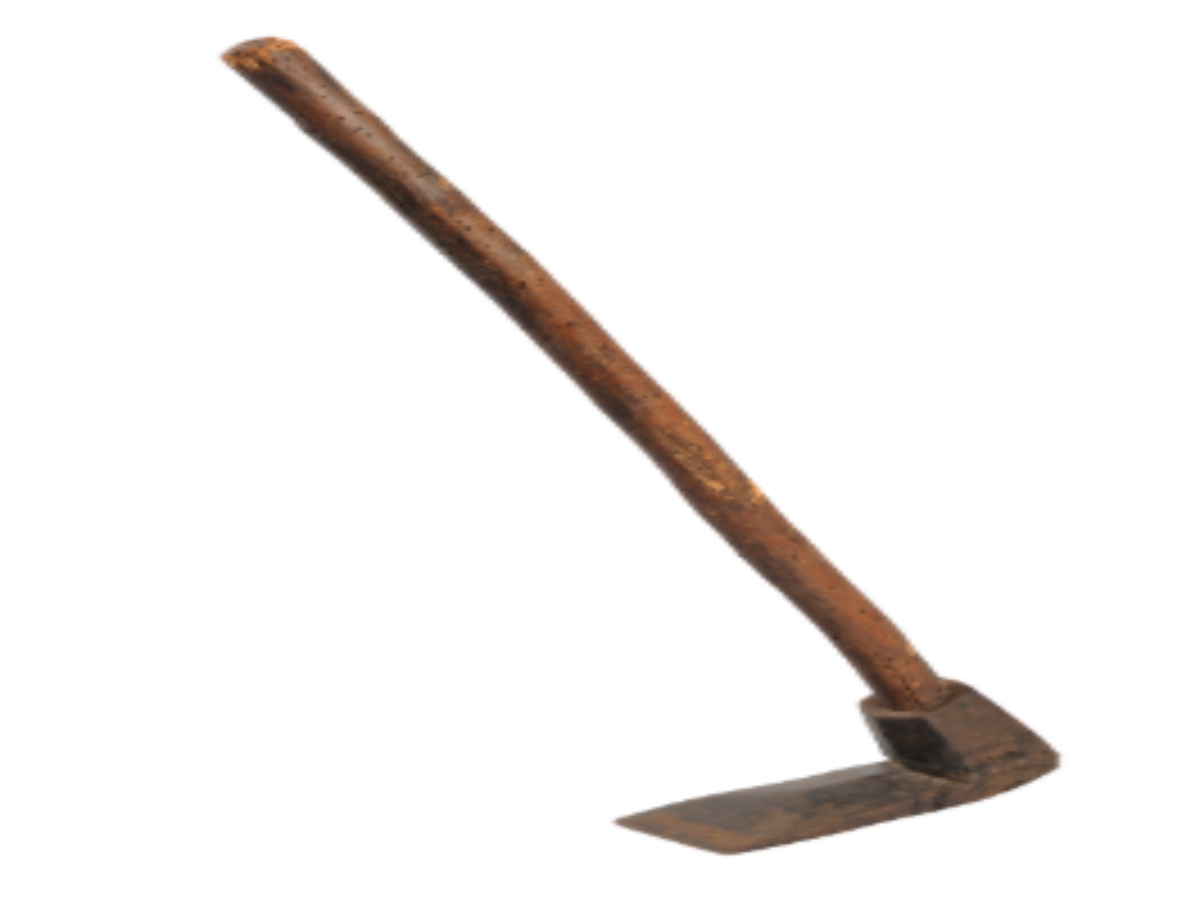State
Tribe Name
Art Type
short description
The Santal tribe: largest and widest spread of all tribal communities in India. This great tribe's primary habitat lies in Indian states of Jharkhand, Odisha, and West Bengal. The Santals, rooted in agriculture and woodcraft and other forest-based occupations, are known for traditional tools of which one is iron adze, which proves to be vital for wood-cut and shape agricultural work.
Thumbnail

Filter Postion
Left
Filter Background
Off
Theme
Filter Header Image

content
Image

description
The Santal tribe: largest and widest spread of all tribal communities in India. This great tribe's primary habitat lies in Indian states of Jharkhand, Odisha, and West Bengal. The Santals, rooted in agriculture and woodcraft and other forest-based occupations, are known for traditional tools of which one is iron adze, which proves to be vital for wood-cut and shape agricultural work.
The Santal adze comprises a rectangular iron blade with a curved and heavy tang, which safely accommodates the wooden handle. The cut edge of the blade is straight and sharp, mainly effective for carving and chopping works. Here a longish hole is provided in the tang, through which the wooden handle is inserted at a very acute angle to the cutting edge. This angled construction improves effectiveness to maximize leverage and control, allowing the user to apply force while exerting high precision. Traditionally, this would typically include the process of using the adze, such as shaping wooden logs and scooping out wood and completing tools, and ultimately preparing ploughs and even huts. Its functionality has, therefore, been very reflective of the intellectual craftsmanship from within indigenous populations, and such has been able to find adaptability into adze manufacture. Hence, using locally available materials to make an adze, this tool symbolized the sustainable approach of the tribe to resource use.
The Santal adze comprises a rectangular iron blade with a curved and heavy tang, which safely accommodates the wooden handle. The cut edge of the blade is straight and sharp, mainly effective for carving and chopping works. Here a longish hole is provided in the tang, through which the wooden handle is inserted at a very acute angle to the cutting edge. This angled construction improves effectiveness to maximize leverage and control, allowing the user to apply force while exerting high precision. Traditionally, this would typically include the process of using the adze, such as shaping wooden logs and scooping out wood and completing tools, and ultimately preparing ploughs and even huts. Its functionality has, therefore, been very reflective of the intellectual craftsmanship from within indigenous populations, and such has been able to find adaptability into adze manufacture. Hence, using locally available materials to make an adze, this tool symbolized the sustainable approach of the tribe to resource use.
Image Mode
landscape
promoted
On
Verified
Off
